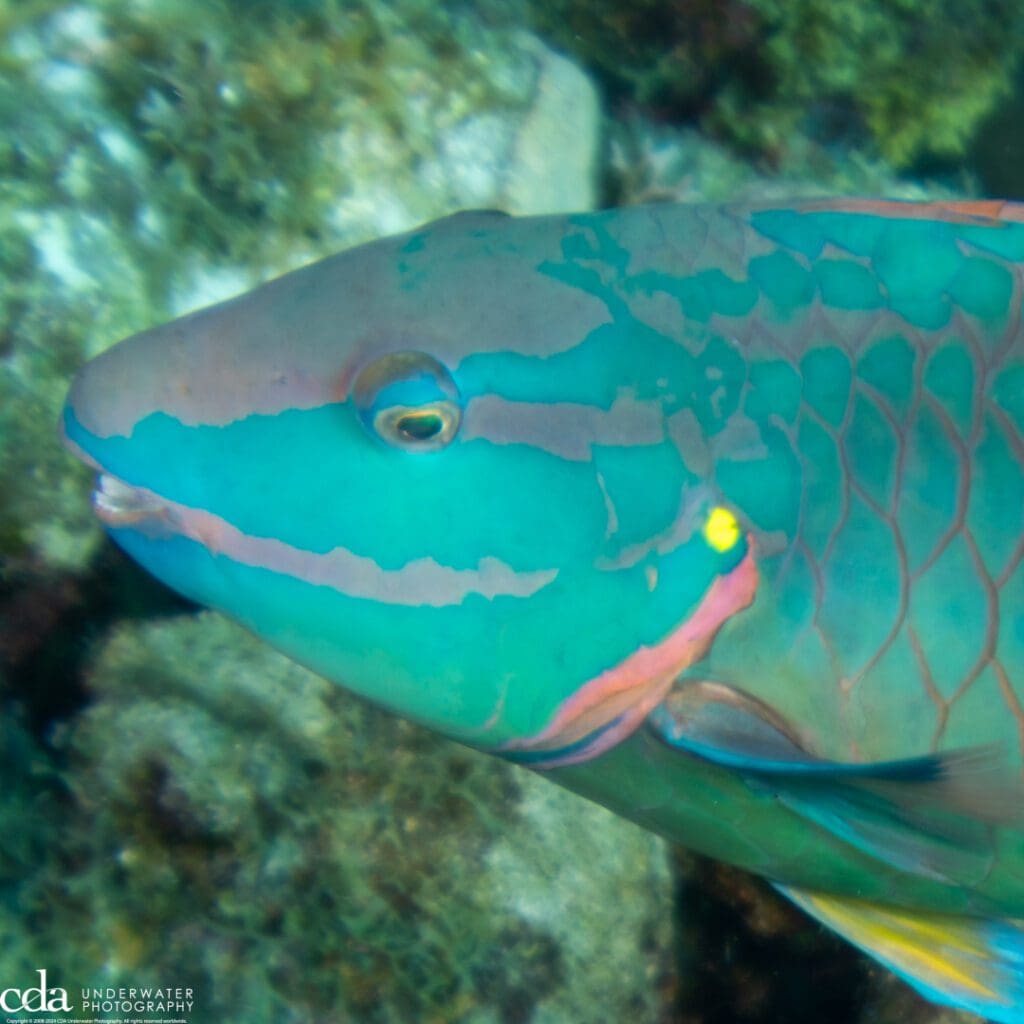A lot of time is spent talking about the LGBTQIA+ community and the different gender roles we play. Those of us of a certain age may have been asked “Are you the husband or the wife?” And so many pundits seem obsessed with the idea of “Are you a boy or a girl?” But did you know how fluid the creatures of the deep are?
You might be safe in thinking that the spectrum of gender and gender roles among LGBTQIA+ divers was taken directly from mother ocean herself.
The concept that males fertilize, and females bear and raise offspring has never been true underwater. There are, in fact, some amazing examples of gender role reversal, homosexuality and gender transitioning happening in the waters we dive.
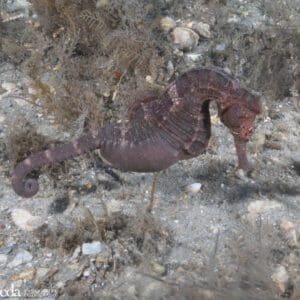
Stay at home dads
Here in South Florida we have examples of two animals where the males nurture and carry fertilized eggs: the seahorse and the jawfish. In both animals, which contain multiple species, the female deposits her eggs and leaves them for the male to care for. These species not only alter the typical dynamics of mating but also offer insight into the flexibility and diversity of reproductive behaviors amongst us. The seahorse is perhaps the most famous example of gender role reversal. In these species, it is the male who carries and nurtures the developing offspring rather than the female. This remarkable behavior begins with the female depositing her eggs into a specialized pouch on the male’s abdomen. The male then fertilizes the eggs and carries them until they hatch. In addition to their role in egg carrying, seahorses also display an interesting degree of paternal investment. The male seahorse’s pouch provides a controlled environment where the embryos can develop safely, with the male actively regulating factors like salinity and oxygen levels. In some cases, the male seahorse can even reject a brood of eggs if conditions are not optimal, indicating a level of reproductive strategy that goes beyond mere fertilization. This form of paternal care challenges traditional gender roles by placing the male in the role of caregiver.
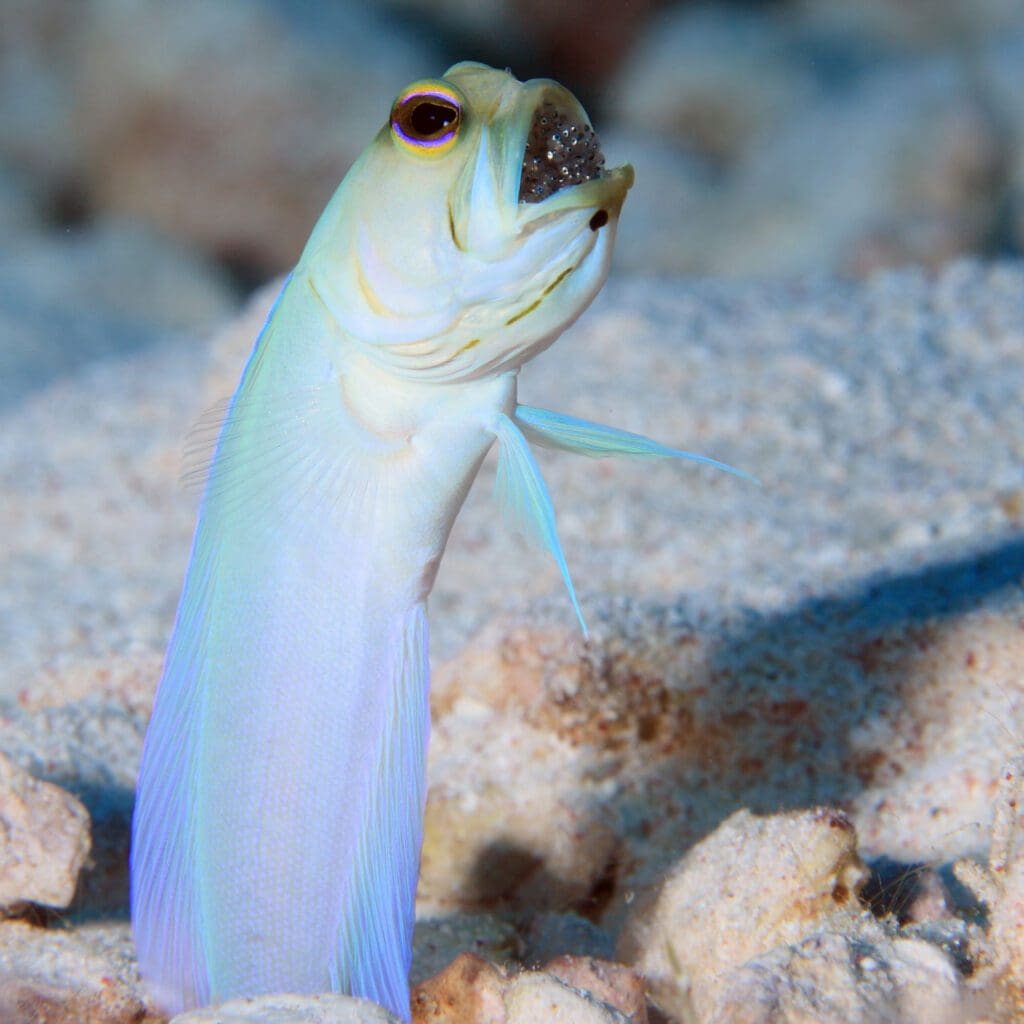
Another fascinating example of gender role reversal is found in the jawfish. In jawfish, males take on the responsibility of guarding the eggs and protecting them until they hatch. The female deposits her eggs into a nest that the male has prepared, and after fertilization, the male assumes responsibility for incubating the eggs in his mouth. The jawfish’s unique method of brooding offers a prime example of how environmental factors and evolutionary pressures can shape reproductive strategies. In this case, mouthbrooding provides the male with an effective means of keeping the young safe from predators, as the eggs remain hidden inside the male’s mouth until they hatch. Once the offspring are ready to swim, the male releases them, continuing to guard them as they transition into independent life.
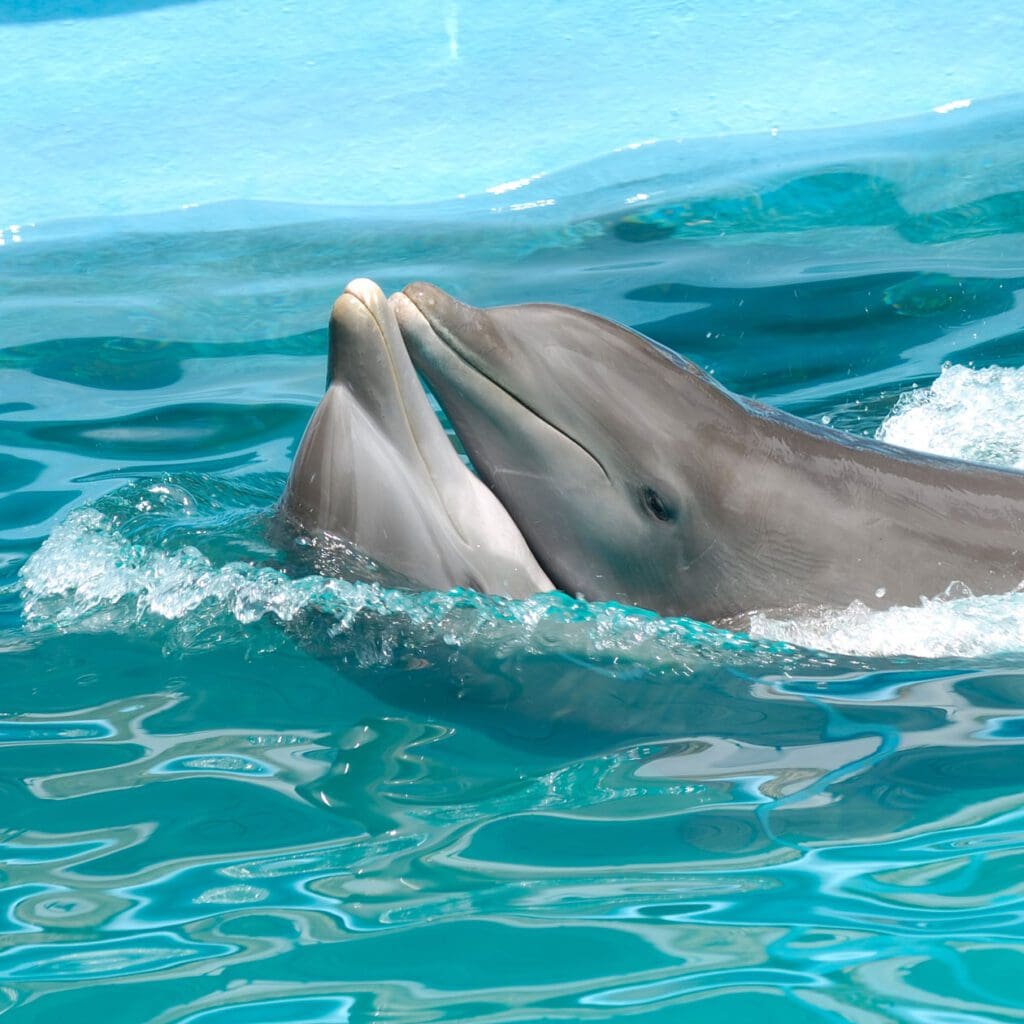
Gay dolphins
Despite what some ardent football fans might want you to believe, homosexual behavior among dolphins is a fascinating and widely documented phenomenon. These same-sex interactions appear to play roles beyond reproduction and often happen seemingly just for the fun of it. There are also theories it can serve as a way of establishing hierarchies. Dolphin Daddy, anyone?
In particular, bottlenose dolphins have been observed engaging in a wide range of same-sex interactions, from genital stimulation to more elaborate courtship displays. These behaviors are not limited to a single sex or age group but occur across the dolphin population. These relationships are crucial in dolphin societies, as they often help males secure better positions in hierarchies and improve access to mates. Some researchers believe that these sexual behaviors are not solely about reproduction but are integral to the dolphins’ complex social structures.
Dolphins live in fluid social structures where bonds between individuals can be critical to survival. By engaging in same-sex interactions, dolphins may be reinforcing social alliances and ensuring that group cohesion remains intact. In some cases, these bonds are maintained through consistent interaction and grooming, which can be facilitated by homosexual activities. This is particularly evident in male dolphins, where long-term same-sex bonds are common and may be just as important as the relationships they form with females.
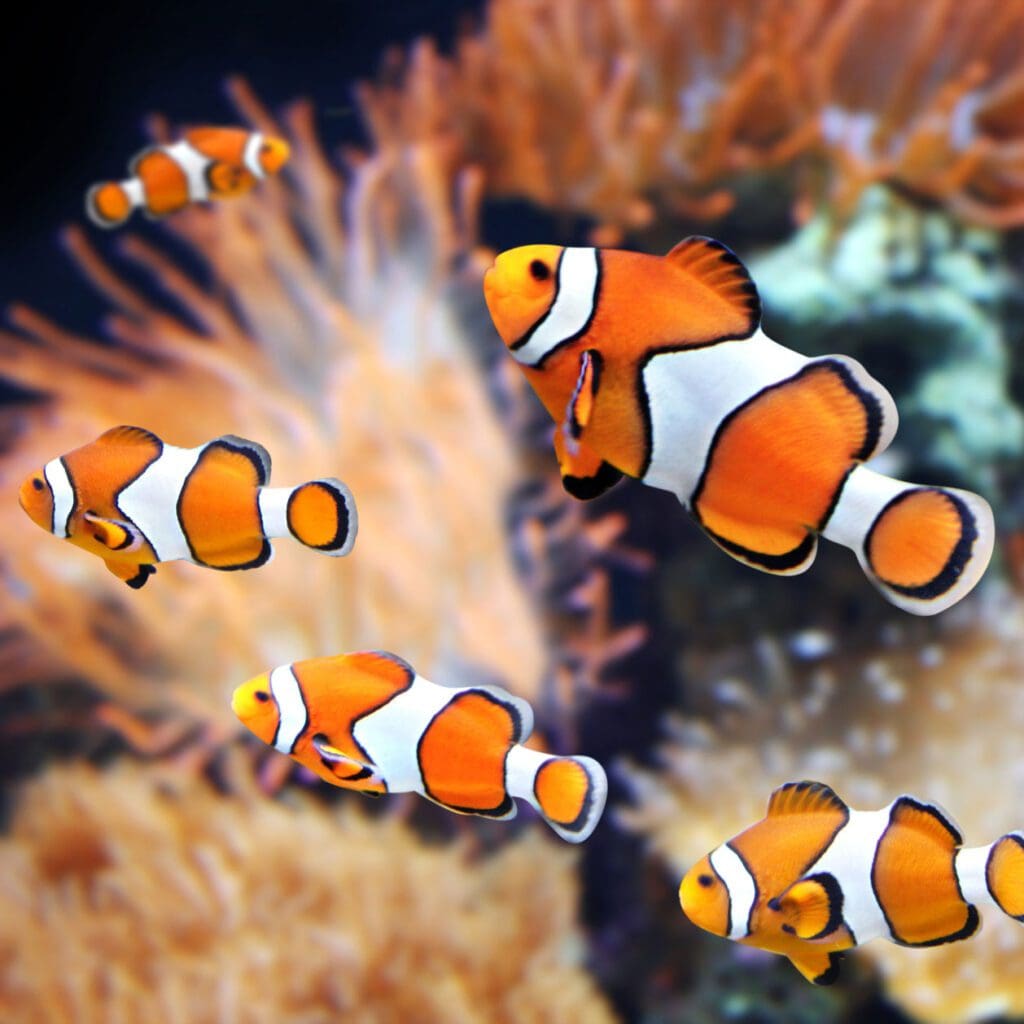
Nemo was Trans!
Another fascinating example of gender fluidity in marine animals can be found among certain fish species, such as the clownfish. Clownfish live in tightly knit social groups that revolve around a strict dominance hierarchy. In these groups, one dominant female and her mate, a male clownfish, manage the group’s reproductive activity. However, if the dominant female dies or is removed from the group, the highest-ranking male will undergo a transformation and become a female, taking over the reproductive duties. One of the gender-neutral juveniles will then become exclusively male, and take on the role left vacant.
And though we don’t have clownfish native to South Florida, there are many local species that go through the same process, called sequential hermaphroditism by scientists. The most common examples of this are the parrotfish and the wrasse. Like the clownfish, the parrotfish and wrasses begins life as males and later transitions into females based on the needs of the group. In their social groups the dominant female is typically larger and more established.
In the absence of an opposite gender, homosexual behaviors also sometimes emerge, with clownfish forming temporary pairings or even engaging in sexual interactions as a form of social and reproductive flexibility. This adaptation highlights the fluidity of sexual roles in nature, demonstrating that homosexuality can sometimes serve a functional purpose beyond reproductive needs.
Special but not unique
The good news is that in spite of what people have been telling us all of our lives, we are not unique among the animal kingdom. Don’t get us wrong, gay scuba divers are incredibly special, but not unique. LGBTQIA+ behavior exists everywhere, and is something we can all be proud of. After all, if it’s okay for Flipper to be gay and Nemo to be Trans, who are we to speak against Mother Nature.
Image of Parrotfish and Seahorse are courtesy Christopher Duncan, copyright 2025 CDA Underwater Photography. Other images in this article are stock photography.

